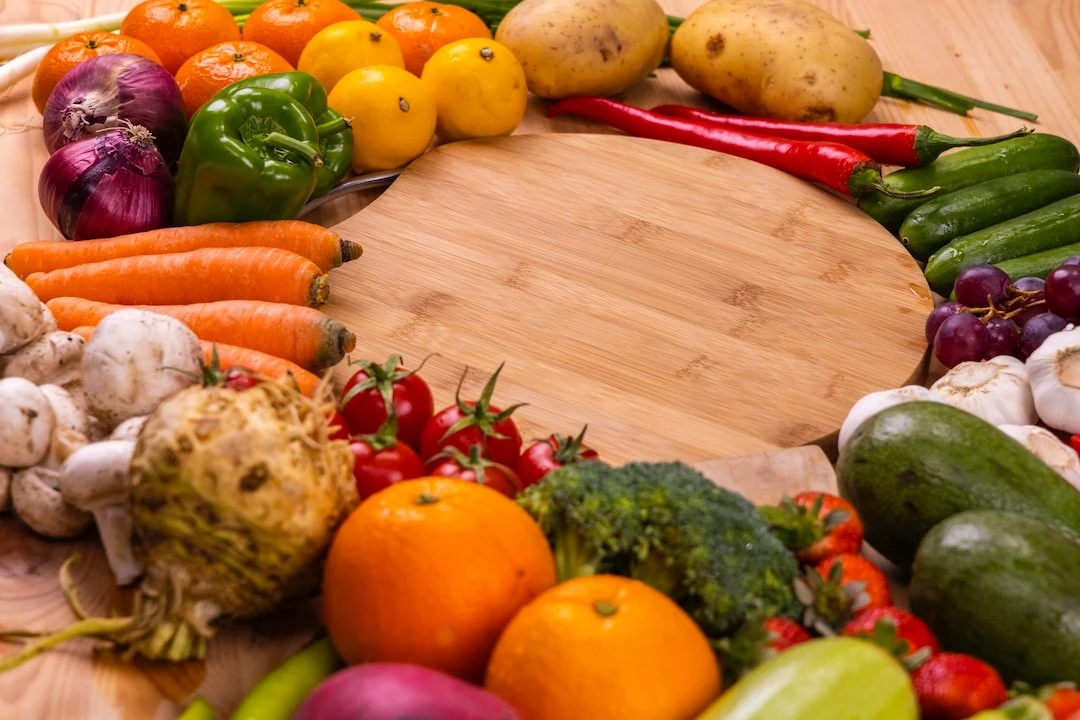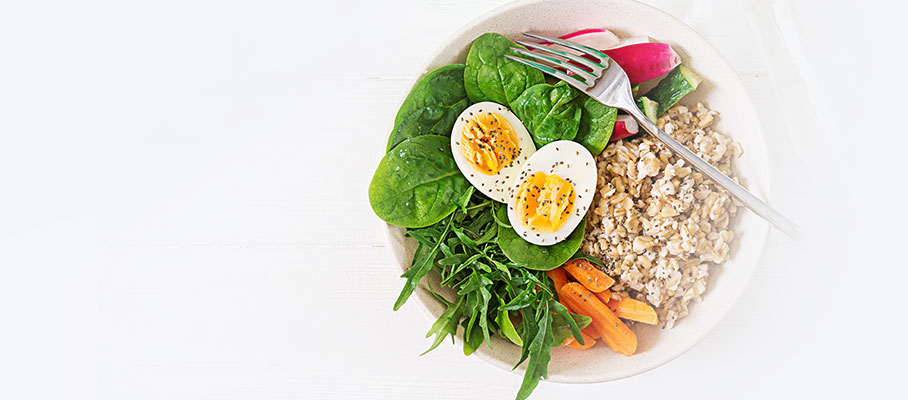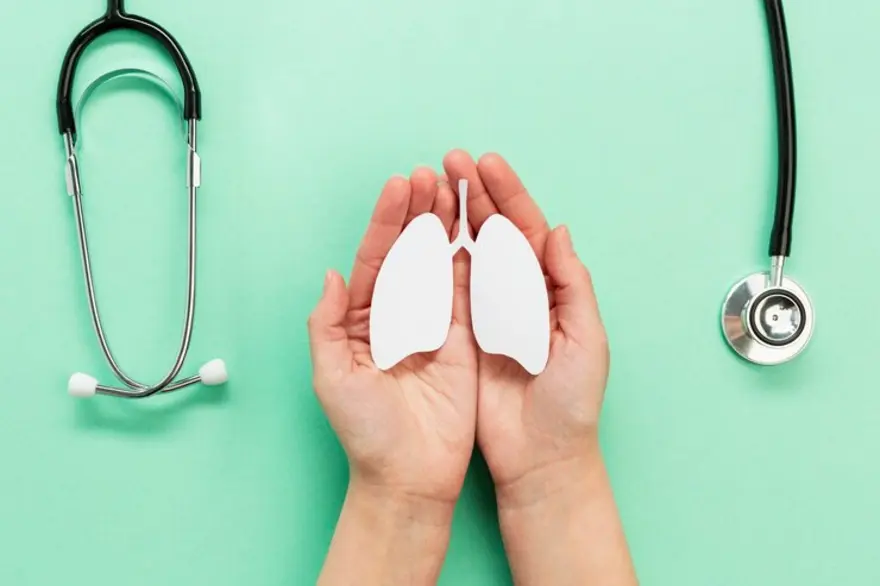Vitamin d rich foods
Boost Your Bone Health Naturally: Discover 5 Vitamin D-Rich Foods to Fight Weak Bones
Which foods are high in vitamin D? Vitamin D is one of the most essential nutrients for health, like vitamins A, E, and K. Vitamin D is a fat-soluble vitamin absorbed by the digestive tract with dietary fats before being sent into the bloodstream. If you want to know how to get vitamin D, then check these Vitamin D-rich foods: Salmon Cod liver oil Fortified cereals Fortified dairy (some non-dairy alternatives) Orange juice Fish that have high oil content, e.g., herring, mackerel, or tuna Whole milk Mushrooms How to increase intake of vitamin D? Vitamin D is responsible for bone health; a deficiency of this vitamin can cause osteoporosis, osteomalacia, increased risk of fractures, and brittle bones. The good news is that most people can meet their daily vitamin D requirements by simply getting enough sun exposure and consuming a balanced diet. Supplements and fortified foods can also help increase your intake of vitamin D. How to get vitamin D? Going outside is one of the easiest ways of getting an adequate amount of vitamin D. Sunlight helps the body synthesise vitamin D naturally, so just 5 to 15 minutes of sunlight 2 or 3 times a week without sunscreen or too much clothing enables you to boost your vitamin D levels. Ensure you get the sunshine in the morning or late afternoon when the sun is not too hot to avoid skin damage. If you are exposing yourself to the sun for more than 15 minutes, you must use good sunscreen. Why do we need vitamin D? Vitamin D plays a vital role in your body. It is good for the following reasons: For bone health: Vitamin D helps the body absorb calcium, an essential mineral to ensure your bones remain healthy and strong. Too little vitamin D can lead to limited calcium, weakening your bones. Immune health: Vitamin D directly interacts with cells that fight infections in the body. Hence, a lack of vitamin D is linked to respiratory illnesses. Mental health: Studies have shown links between vitamin D and depression. They also state that increasing vitamin D levels can help improve symptoms of clinical depression. Infant health: Vitamin D is essential to ensure a healthy pregnancy and a healthy child. How much vitamin D do I need per day? According to the National Institutes of Health, the recommended daily levels of vitamin D are as follows: 0-12 months: 10 micrograms (mcg)(400 IU) 1-70 years: 15 mcg (600 IU) 71 years and over 20 mcg (800 IU) However, the actual amount of vitamin D required from your diet or supplements varies depending on several factors such as: age skin tone (the amount of melanin in the skin) latitude where you live season clothing choices whether or not you are obese Doctors may assess your blood levels to check vitamin D by measuring 25(OH)D in the blood. This is the storage form of vitamin D present in the body. The lack of a single definition of optimal blood levels of vitamin D in the body makes it difficult for scientists to understand how vitamin D acts. Daily recommended dose of vitamin D According to the FDA, the daily value (DV) for vitamin D is 800 IU (20 mcg) for children who are 4 years old and above. The same amount is recommended for adults as well. Food or supplements are one of the best ways to get adequate vitamin D. You need to speak to your doctor and understand if you need to take a vitamin D supplement along with your food and sun exposure. List of foods that are high in vitamin D Here is a list of 7 foods that are natural sources of vitamin D Fatty Fish Salmon is one of the most popular vitamin D-rich foods. One 100-gram serving of farmed salmon contains 526 IU of vitamin D, 66% of your DV. Wild-caught salmon typically can contain higher amounts of vitamin D. Halibut and mackerel are other fatty fish that provide 190 and 643 IU of vitamin D. Herring and sardines Herring is another common fish eaten worldwide, often pickled or smoked. Fresh Atlantic herring can give you around 214 IU of vitamin D per 100 grams, while pickled herring has around 113 IU. Canned sardines provide 193 IU of vitamin D, which amounts to 24 % of your DV. Making them good sources of vitamin D. Cod liver oil If fish is not your thing, taking cod liver oil can help you get around 450 IU of vitamin D per teaspoon. This has been the go-to treatment for vitamin D deficiency for years, as it gives you about 54 % of your DV. Canned Tuna This easy-to-store and flavorful alternative to fresh fish can provide 269 IU of vitamin D in a 100-gram serving, making it around 34% of the DV. Egg Yolks Whole eggs are an excellent source of vitamin D for those who do not prefer fish. While most of the protein is found in the white of the egg, the fats, vitamins, and minerals are located in the yolk. The yolk of one large egg contains 37 IU of vitamin D or 5% of the DV. Mushrooms Other than fortified foods, mushrooms are the only non-animal source of vitamin D. Mushrooms can synthesise vitamin D when exposed to UV light. However, they only provide Vitamin D2 instead of D3 in animal sources, which may not be as effective as animal sources. One cup of mushrooms contains around 136 IU of vitamin D, 17% of the DV. Commercially grown mushrooms in the dark contain minimal amounts of vitamin D2, while UV-treated mushrooms contain 1,110 IU. Fortified Foods The amount of vitamin D-rich vegetarian food is minimal, and some food products that are not natural are fortified with vitamin D. These include Cow's milk: Cow's milk is a food rich in nutrients like calcium, riboflavin, and phosphorus. Many countries fortify cow's milk with vitamin D. 1 cup of fortified cow's milk contains 115 IU of vitamin D. Soy milk: Plant-based milk is a substitute for cow's milk for vegans. This is why these milks are fortified with vitamin D and other nutrients usually found in cow's milk. One cup of soy milk contains 100-119 IU. Orange juice: 65% of people worldwide are lactose intolerant, and about 2% are allergic to milk. This is why some companies fortify orange juice with vitamin D and other nutrients like calcium. One cup of fortified orange juice contains 100 IU of vitamin D. Cereals and oatmeal: Cereals like wheat bran flakes contain 145 IU of vitamin D, around 18% of the DV, while crisp rice cereal has about 85 IU. However, not all grains are fortified; you must check the nutritional labels to determine how much vitamin D is in the product. Vitamin D and calcium Vitamin D is necessary for calcium absorption in the body. Calcium is needed to maintain bone strength and skeletal integrity. Getting enough vitamin D and calcium from your diet can protect you against disorders like osteoporosis, a condition characterised by weak and brittle bones. Like vitamin D, the recommended dietary allowance for calcium varies according to age. Children between the ages of 4-8 need about 1,000 mg of calcium daily, while those between 9-18 need 1,300 mg. Adults between the ages of 19 and 50 need 1,000 mg, and those over 50 need 1,200 mg of calcium daily. How can I increase my vitamin D fast? More sun exposure and eating vitamin D-rich foods like fatty fish, egg yolks, and fortified foods can help increase your vitamin D levels quickly. Which vegetables are high in vitamin D? Most natural sources of vitamin D are animals. You can take some amounts of vitamin D from wild mushrooms and mushrooms exposed to UV light. Which fruits and vegetables have vitamin D? Vegetables and fruits rich in vitamin D are scarce, and those with vitamin D do not contain adequate amounts to support the recommended dietary intake. What drink has the most vitamin D? Fortified drinks include cow's milk, soy, and orange juice. Check the nutritional label as only the fortified beverages have vitamin D, veggies or fruits rich in vitamin D are few. Conclusion Vitamin D is responsible for bone density and other vital systems in the body, including our immunity. The daily recommended value of vitamin D ranges between 400 to 800 IU but can change based on several factors. Fish, eggs, mushrooms, and fortified foods are considered vitamin D-rich foods, and you can also increase your Vitamin D intake by consuming vitamin D supplements. Keeping track of your vitamin D levels can help you maintain bone health and overall immunity. Diagnostic centres like Metropolis Labs offer a range of diagnostic tests that can help you check your vitamin D levels and keep your health on track.
5 Vitamin D Foods: Sources & Benefits
Vitamin D, also known as the sunshine vitamin, is an essential nutrient required for maintaining health and wellness. It is both a nutrient you eat and a hormone your body produces when exposed to sunlight. This fat-soluble vitamin is notably responsible for calcium absorption in the body, thus improving bone mineral density. It also regulates cellular growth and supports the immune and neuromuscular functions in the body. Some studies suggest that vitamin D can help control infections and alleviate inflammation. In addition, there are claims that vitamin D can play a role in protecting you from diseases such as diabetes, heart disease, and even depression. Are you sure you are getting enough vitamin D in your diet? Check your vitamin D levels with a simple blood test in the comfort of your home. Since vitamin D is involved in so many bodily functions, you cannot take a deficiency of vitamin D lightly. Lack of vitamin D can cause a plethora of conditions such as rickets, osteoporosis, osteomalacia, brittle bones, a weakened immune system, inflammation, muscle fatigue, and weakness. A lack of vitamin D can even affect your nervous system. The Recommended Dietary Allowance of vitamin D for all Indian population, in general, is 400 IU (10 mcg) daily.* Some sources mention that for adults over 70, it should be 800 IU (25 mcg). Consult a doctor to help you understand how much vitamin D you need as per your sun exposure. For people who don’t or cannot spend a lot of time outdoors, it can be difficult to get enough vitamin D and doses might be higher. If you have concerns that you are not getting enough vitamin D from direct sunlight, consuming the following vitamin D-rich foods will help increase the overall amount of vitamin D in your body. Here are 5 food groups that are rich in vitamin D: 1. Egg Yolks Whole eggs are the healthy and wonderfully nutritious food, which you will ever find! Although most of us avoid eating egg yolks as they have historically gotten a bad rap for raising levels of bad cholesterol in the body. Skipping egg yolks in favor of egg whites will decrease your calorie and fat intake but you will be missing out on some of the protein, key nutrients such as choline, essential for brain development, and several of the minerals in yolks, such as selenium and zinc, which play a role in boosting your immune system. And you will be missing out on vitamin D, too. One large egg has 44 IU which is 6 % of your daily value. Eating up to 3 whole eggs is considered safe for a healthy adult. So, enjoy them in moderation. 2. Fatty Fish Not only is fish a great option for protein but it is also rich in vitamin D. If you have vitamin D deficiency, it is mostly advised to eat fish on a daily basis. Fishes such as salmon, tuna, sardines, trout, hilsa, swordfish fish, and mackerel being good sources of healthy protein and omega-3 fatty acids, will be a great addition to anyone’s diet looking to get more vitamin D. Include fish in your dinner plate three times per week. On average, 100 grams serving of salmon provides 988 IU of vitamin D, i.e., 124% of the daily value. 3. Milk and Milk Products Vegetarians need not worry! Being an excellent source of calcium, milk is also rich in vitamin D. Hence, including a glass of cow milk in your breakfast meal can improve the vitamin D level in your body. It will not only boost your metabolism but also will ensure that you don’t feel worn out throughout the day. Full-fat milk has the maximum vitamin D content in it. Fat-soluble vitamins are lost when the fat is removed from the full-fat milk. One cup of milk provides about 115–130 IU of vitamin D which is 15–22% a person’s daily requirement. Health experts and nutritionists also suggest that adding milk and milk products like yogurt, cheese, buttermilk, and butter to your daily diet may prevent you from many bone diseases. 4. Mushrooms Mushrooms, a kind of superfood that packs vitamin punch, are the only good plant source of vitamin D. They are extremely nutritional, contain an array of vitamins and minerals. But not all mushrooms have the same amount of vitamin D, it varies depending on the type and variety of the mushroom. While commercially grown mushrooms are often grown in the dark, they don't naturally offer a high amount of vitamin D, some are exposed to UV light, providing a larger dose of the vitamin as a result. A serving has 124-1,022 IU of vitamin D per 100 grams, depending on the amount of UV light the mushrooms are exposed to. So, it is always better to pick sundried mushrooms as they have higher vitamin D content. If you are vegetarian or vegan, specific mushrooms may be an option. These vitamin-loaded mushrooms are really tasty and can be easily incorporated into your diet. 5. Fortified Foods Natural sources of vitamin D are limited, especially if you are vegan or don’t like fish. Fortunately, some food products are designed to add nutrients that don’t naturally occur in the product. Manufacturers add vitamin D to many commercially available food products. These foods are then described as being fortified with vitamin D, or other nutrients. Common fortified foods with extra vitamin D and other nutrients include: cow’s milk soy milk almond milk orange juice yogurt various breakfast cereals. These foods might contain 54-136 IU per serving. But fortified foods can contain added ingredients, like sugar or saturated fats that make the product less healthy. So, it is important to look for products with no added sugar. Eating plenty of these listed vitamin D-rich foods is a great way to get enough vitamin D. However, depending on a person’s dietary preferences, consuming enough vitamin D may be difficult. Remember to not overconsume as excess vitamin D can cause the body to absorb too much calcium, leading to an increased risk of kidney stones and heart disease. We still suggest that the easiest way of getting your daily dose of vitamin D is spending time in the sun. Aim for 15-20 minutes of mid-day sun exposure at least twice per week. However, if this is not possible, vitamin D supplements like cod liver oil, maybe a beneficial choice.
 Home Visit
Home Visit Upload
Upload
















 WhatsApp
WhatsApp